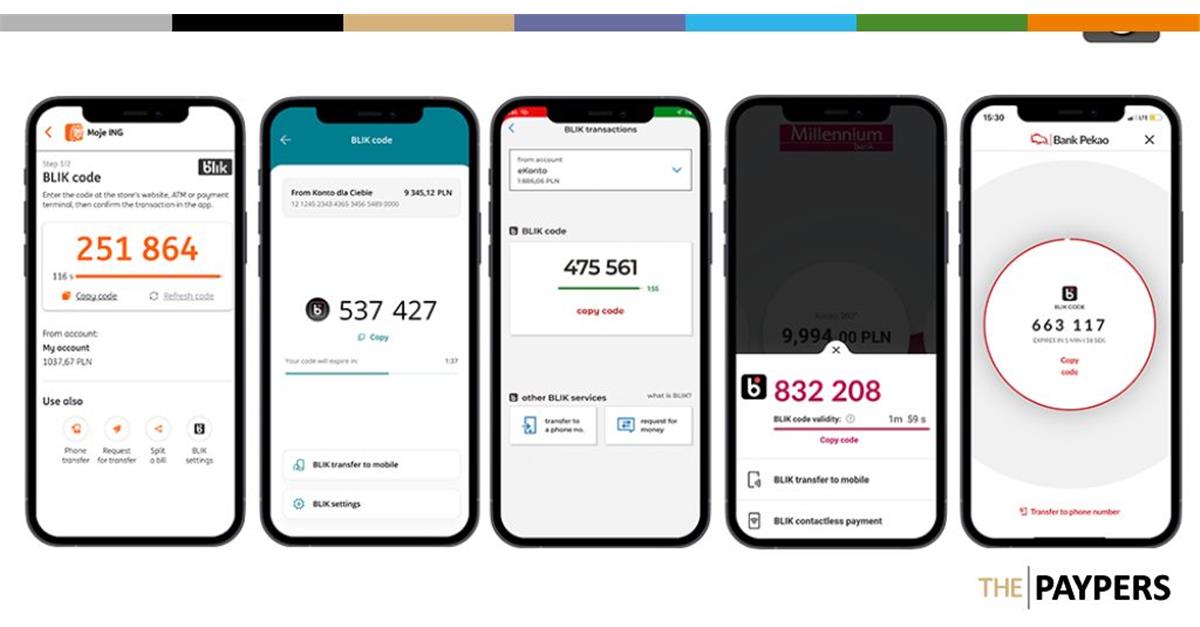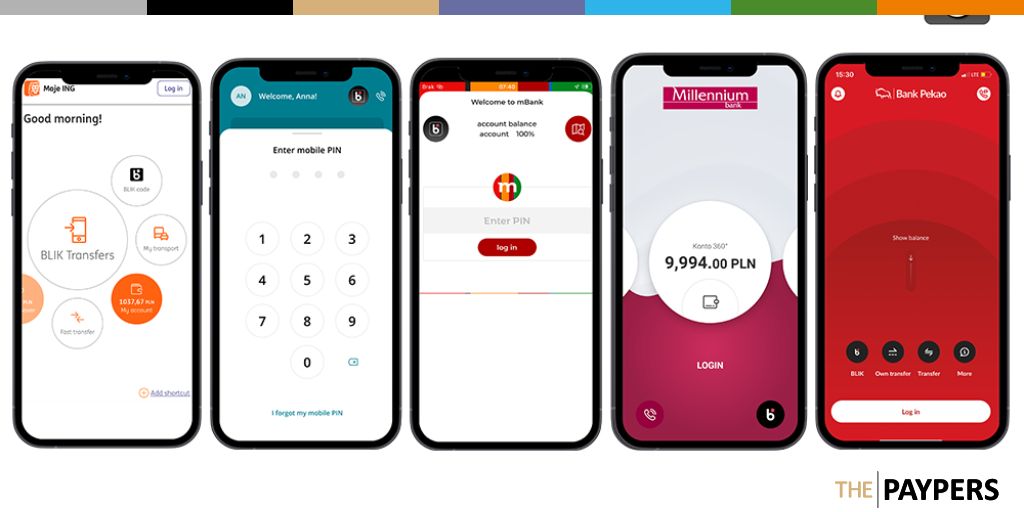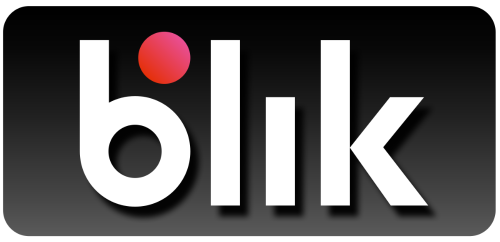Overcome 4 common challenges for every fintech in the world

Remember that buzz-worthy phrase – “There’s an app for that”? In 2009, the slogan was used by Apple to advertise a major advantage over its smartphone rivals, adding up to more than 250,000 apps for the iPhone, more than any competitor at the time. The phrase gave birth to “app for that” jokes with many ridiculous jokes such as “If you’ve just murdered your friend and need to find the nearest city filling station, there’s an app for that.”
Fast forward a decade after “there’s an app for that”, and instead of having multiple apps, many users turned to super apps, challenging the multi-app model. Superapps have evolved into a single tool where multi-functionality is seamlessly integrated. WeChat (China), Paytm (India), Grab (South East Asia) and Rappi (Colombia) to name a few successful ones. And yes, you will find the most notable players in fintech and outside of Europe.
Poland may not have developed a super app (yet), but we have several super banking apps. The magic behind these apps is the wide range of services at your fingertips. One example is the mobile payment system BLIK, which overcame many fintech challenges by integrating services into existing mobile banking apps instead of building yet another app for it (payments). By creating a built-in solution, BLIK avoided many problems for the new fintech players.
1. Simple registration of new users
Every fintech and challenger bank promises an easy way to open an account and start using the service. Thanks to the pandemic and the closures, traditional banks have also switched to external account opening. Whether it’s a challenger or an incumbent, registration is often a lengthy process, with time-consuming authentication and difficulty filling out forms. Once happily registered, who wants to go through this process again in another app? No! By embedding BLIK into pre-existing apps, users do not need to register to use BLIK. It’s just there, ready to go, and you don’t need to register again.

2. Fast onboarding to a new interface
Like the promises of seamless registration in a new service, fintech’s bargaining chip was a modern user interface. For an already complex service such as daily finances, navigation and operation on a non-user-friendly interface left many users frustrated. Fintech set new trends in the design of financial apps. It didn’t take long for traditional banking apps to catch up with trending UX approaches and deliver interfaces that are complete, useful and nice to look at. BLIK knows how to create great user interfaces, but why force users to learn yet another navigation method? By being a seamless part of existing apps, using BLIK is just as familiar as all other functions in the users’ already familiar banking app.

3. Creating an acceptance network
To grow your business, you need to work hard to attract both sellers and buyers. But how to attract buyers when there are no sellers, and vice versa? The same applies to fintech, mostly in the payment domain. Many years ago, the battle was already over whether it was the cards or the terminals that had to be introduced first. To avoid a similar fate, BLIK uses an already existing acceptance network. When it comes to online procurement, the key is to work with buyers and not with each individual seller. In terms of in-store acceptance, no additional hardware is required, only that already owned by the merchant with their point of sale terminal.
4. Maintain the highest safety standards
Filling up an app with your hard-earned cash requires a bit more trust in the security of that app than uploading your photos to a social media app. Mobile banking apps must give users confidence that their financial data is in good hands. A banking license confirms that the institution has met all legal requirements when it comes to protecting customers’ money and data. What makes the extra difference is that the banks have years of compliance experience in relation to fintech, which is why many banking experts are hired by challengers to guide them. BLIK is an integral part of the mobile banking apps, so it must meet the same security standards as the banks. Finally, no bank would integrate with something that represents lower security standards than their own.
Conclusion
From the users’ side, there are too many apps, and customers demand integrated experiences. The most important trend is that customers are increasingly looking for simple, holistic, embedded and direct experiences. With more than 3.48 million apps on Google Play and approximately 2.22 million apps available for iOS (as of Q1 2022), it’s easy to achieve “app fatigue”. Users are only becoming more selective about which apps they have on their smartphones and use. Choosing the apps with an already wide user base to provide your built-in services makes much more business sense than creating your own. Also, there is already an app for that…
About Piotr Jan Pietrzak
 Piotr is director of international development at BLIK, a leading European mobile payment system. His career shows a wealth of experience from several industries, having held roles in banking (ING Group), insurance (Achmea Holding) and software development (Opera Browser). His proudest achievements include building web and app-based products from concept to launch in various geographies.
Piotr is director of international development at BLIK, a leading European mobile payment system. His career shows a wealth of experience from several industries, having held roles in banking (ING Group), insurance (Achmea Holding) and software development (Opera Browser). His proudest achievements include building web and app-based products from concept to launch in various geographies.
About BLIK
 BLIK is a mobile payment system that enables e-commerce payments, POS payments, cash withdrawals from ATMs and mobile P2P payments. BLIK has a dominant share of the mobile payment market in Poland. BLIK has won many prestigious awards, including the title FinTech of the Year 2019 by Cashless.pl and FinTech of the Year 2020 by Invest Cuffs.
BLIK is a mobile payment system that enables e-commerce payments, POS payments, cash withdrawals from ATMs and mobile P2P payments. BLIK has a dominant share of the mobile payment market in Poland. BLIK has won many prestigious awards, including the title FinTech of the Year 2019 by Cashless.pl and FinTech of the Year 2020 by Invest Cuffs.

























